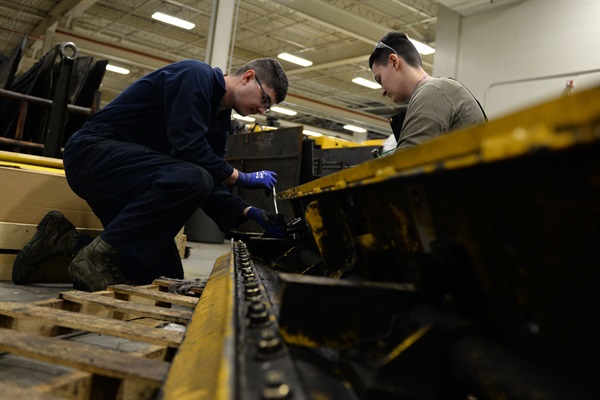Company departments or individuals responsible for overall facility maintenance often find themselves in an undesirable position. Whether it’s due to a constrained budget or simply being too busy dealing with requests from other departments, jobs such as workplace audits, preventative maintenance, and equipment inspections get neglected.
Not giving enough attention to these things can lead to severe safety and operational issues. Many companies perform regular equipment inspections in order to be legally compliant, and it is the compliance that motivates them to perform their inspections thoroughly. But besides compliance, they can seize a business opportunity to increase their profitability.
How Equipment Inspections Help Increase Profitability
Maintenance and operating expenses add to the cost of your facilities and equipment. Luckily, a solid audit/inspection system can help you reduce these expenses. Properly conducted audits and inspections can lead to:
Fewer workplace injuries and related costs
Keeping your staff safe must be every company’s moral imperative. Furthermore, workplace injuries lead to lost work time, immediately decreasing your company’s productivity. Health insurance premiums and workers’ compensation insurance will be at risk of rising with more on-the-job injuries.
Compliance with laws and regulations and liability protection
When government inspectors come to check whether you’re compliant with laws and safety regulations, your inspection records will prove that everything is in order. However, the importance of audits and inspections goes beyond the legal aspect. In case of employee injury in the workplace, your company faces the risk of being sued for negligence. If you don’t keep equipment pre-use inspection records to prove it has been regularly inspected, you may face devastating financial loss.
Fixing problems before they escalate
Regular inspections and maintenance allow you to detect and fix minor issues before they grow into complex problems, which will cost you more. You will also be able to determine the most optimal equipment inspection schedule and identify recurring problems (by using inspection records). Prevention is better than cure.
Prolonged facility and equipment lifetime
By taking regular maintenance seriously, equipment operators and inspectors will take better care of the equipment. Equipment abuse in the facility will be discouraged because you can determine when the equipment has been damaged. If inspection is not performed properly, and an issue gets overlooked, the staff will be responsible for it. All those factors contribute to reduced cost because facilities and equipment last longer when regularly maintained.
Boost in productivity
Regularly maintained equipment rarely breaks down, which will save you the cost of equipment downtime. In case a deployed piece of equipment fails, you will have to wait for replacement, which will put an additional expense on your shoulders. Detecting issues early on with regular inspections then fixing them will lead to an increase in productivity.
What Makes a Strong Inspection System?
A comprehensive inspection checklist that’s easy to use and has all the details about the facility and equipment you want to inspect is what makes a solid audit/inspection system. Aim to create a maintenance culture by showing that inspections should be appreciated as essential tools for increasing productivity and safety.
Takeaway
Audit/inspection checklists present an opportunity for business improvement through increased productivity, reduced maintenance costs, prolonged equipment lifetime, and lowered risk of injury and fatality.











